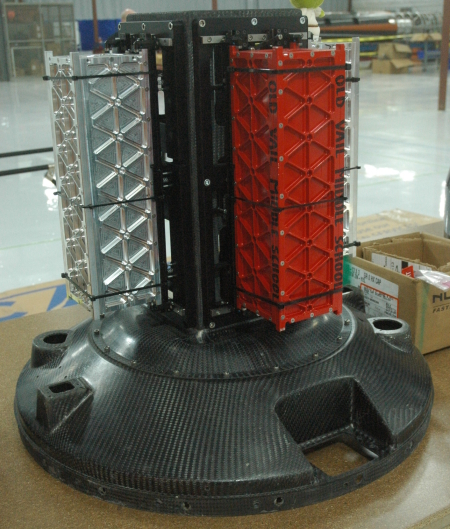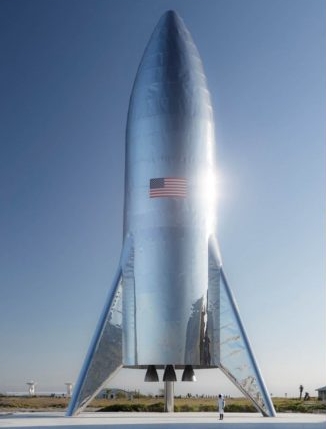Problem found with Angara’s most powerful version
The new colonial movement: Engineers of the most powerful variant of Russia’s next generation Angara family of rockets, the Angara A5, have found a serious design issue in the engines that they appear to be having problems solving.
The issue with the Angara A5 was brought to attention by scientists at rocket engine manufacturer Energomash in a paper ahead of a space conference later this month.
The paper, reported by RIA news agency on Friday and published online, said the engines of the Angara A5 could produce low frequency oscillations that could ultimately destroy the rocket.
A special valve had been fitted to mitigate the issue, but in some cases the oscillations continued, it said. Energomash did not immediately reply to a request for comment.
This sounds to me like “pogo,” a somewhat common issue with rockets. A resonance builds up within the engines during launch, and the vibration can grow strong enough to cause serious damage. The Saturn 5 had this issue during its second test launch, requiring a redesign of the upper stage engine hydrogen fuel lines.
With this history in mind, I would still not make that much of a big deal about this issue. The Angara A5 is a new rocket. It simply needs testing in flight followed by engineering revisions to work out these kinks.
The problem will be Russia’s government. Putin wants this rocket flying, for his own political purposes, and the question remains whether he will allow its proper engineering development to proceed at the correct pace. This does not mean development should be slow, but that failure is accepted and allowed for while you maintain a fast pace.
The new colonial movement: Engineers of the most powerful variant of Russia’s next generation Angara family of rockets, the Angara A5, have found a serious design issue in the engines that they appear to be having problems solving.
The issue with the Angara A5 was brought to attention by scientists at rocket engine manufacturer Energomash in a paper ahead of a space conference later this month.
The paper, reported by RIA news agency on Friday and published online, said the engines of the Angara A5 could produce low frequency oscillations that could ultimately destroy the rocket.
A special valve had been fitted to mitigate the issue, but in some cases the oscillations continued, it said. Energomash did not immediately reply to a request for comment.
This sounds to me like “pogo,” a somewhat common issue with rockets. A resonance builds up within the engines during launch, and the vibration can grow strong enough to cause serious damage. The Saturn 5 had this issue during its second test launch, requiring a redesign of the upper stage engine hydrogen fuel lines.
With this history in mind, I would still not make that much of a big deal about this issue. The Angara A5 is a new rocket. It simply needs testing in flight followed by engineering revisions to work out these kinks.
The problem will be Russia’s government. Putin wants this rocket flying, for his own political purposes, and the question remains whether he will allow its proper engineering development to proceed at the correct pace. This does not mean development should be slow, but that failure is accepted and allowed for while you maintain a fast pace.


